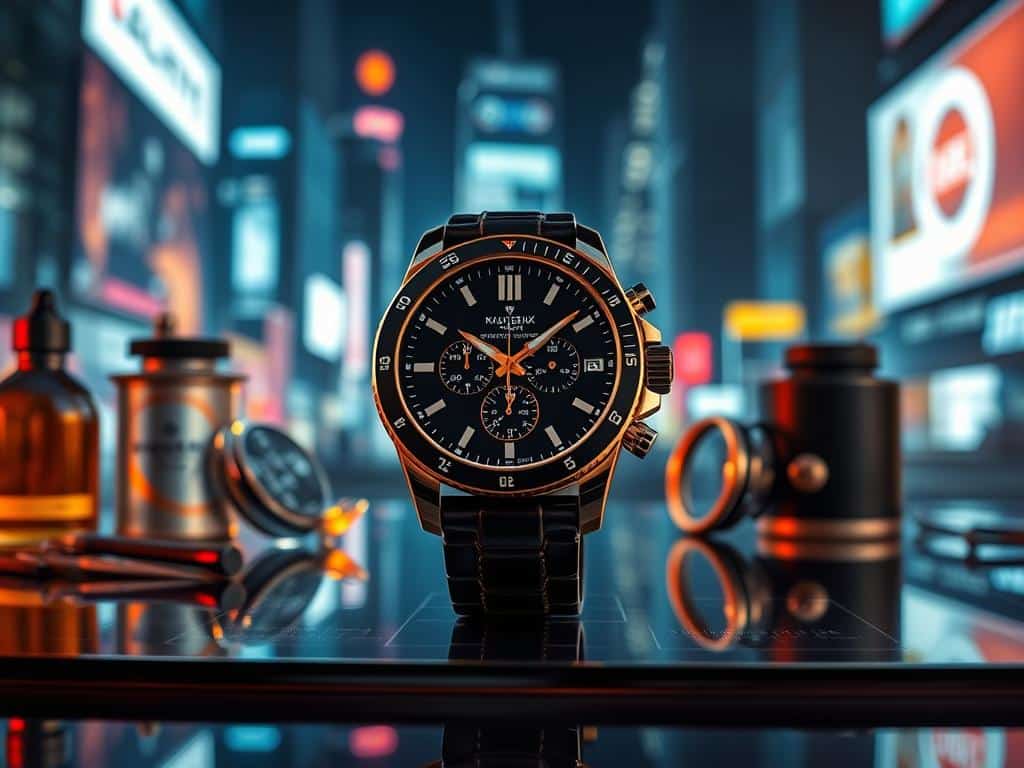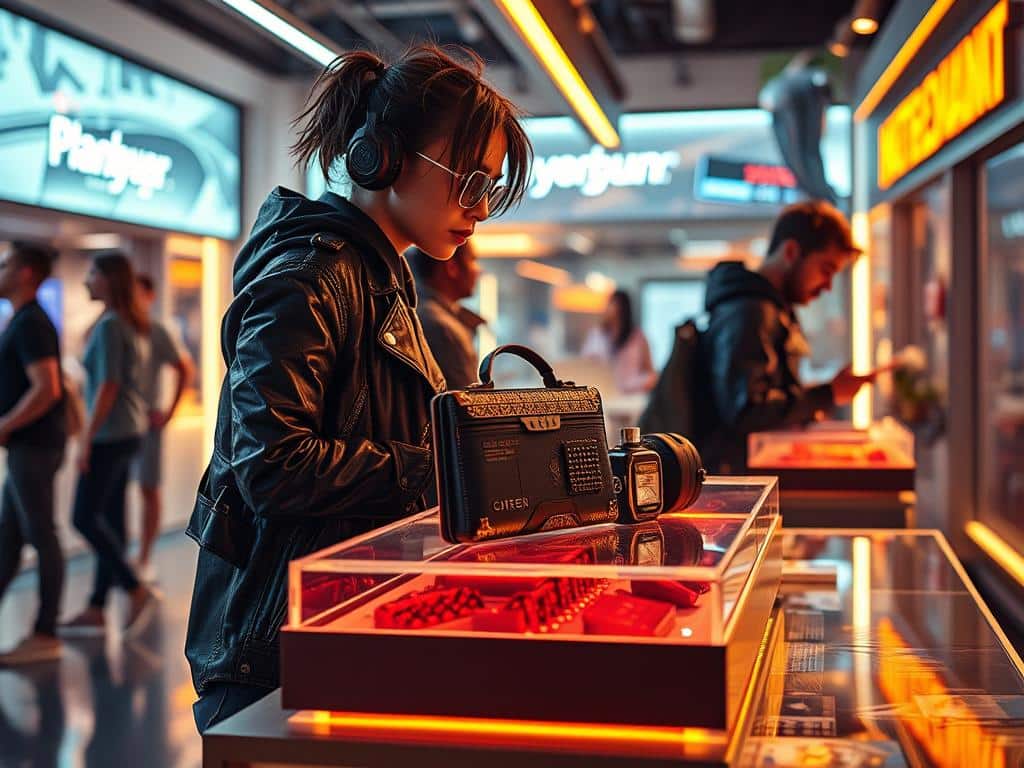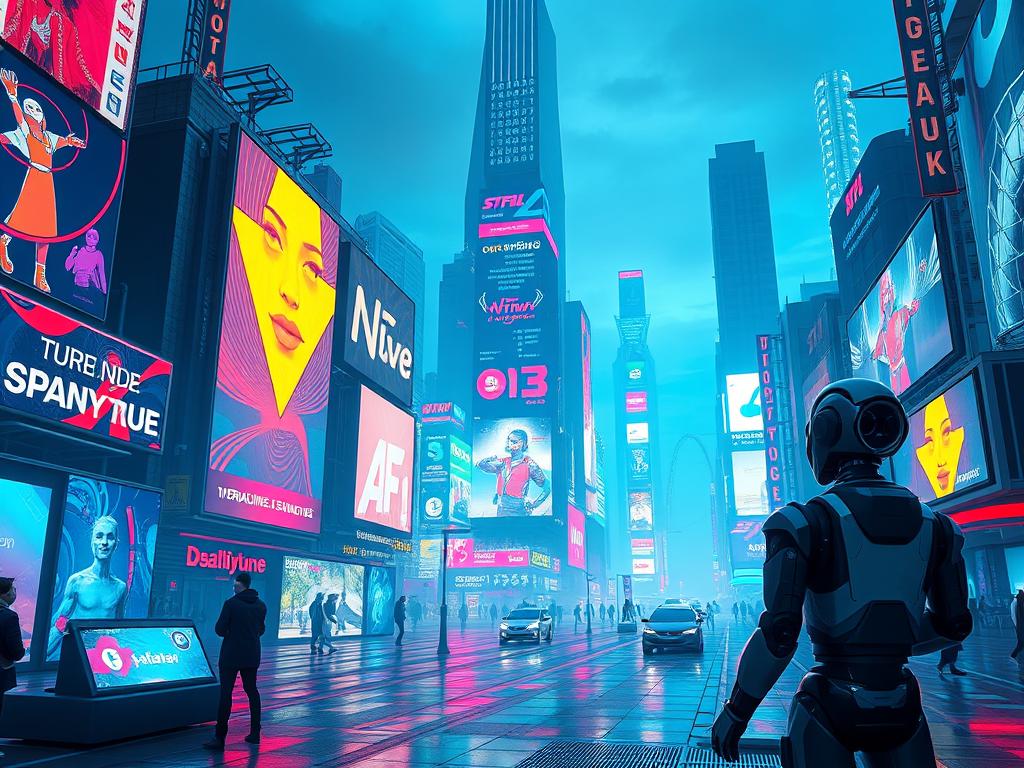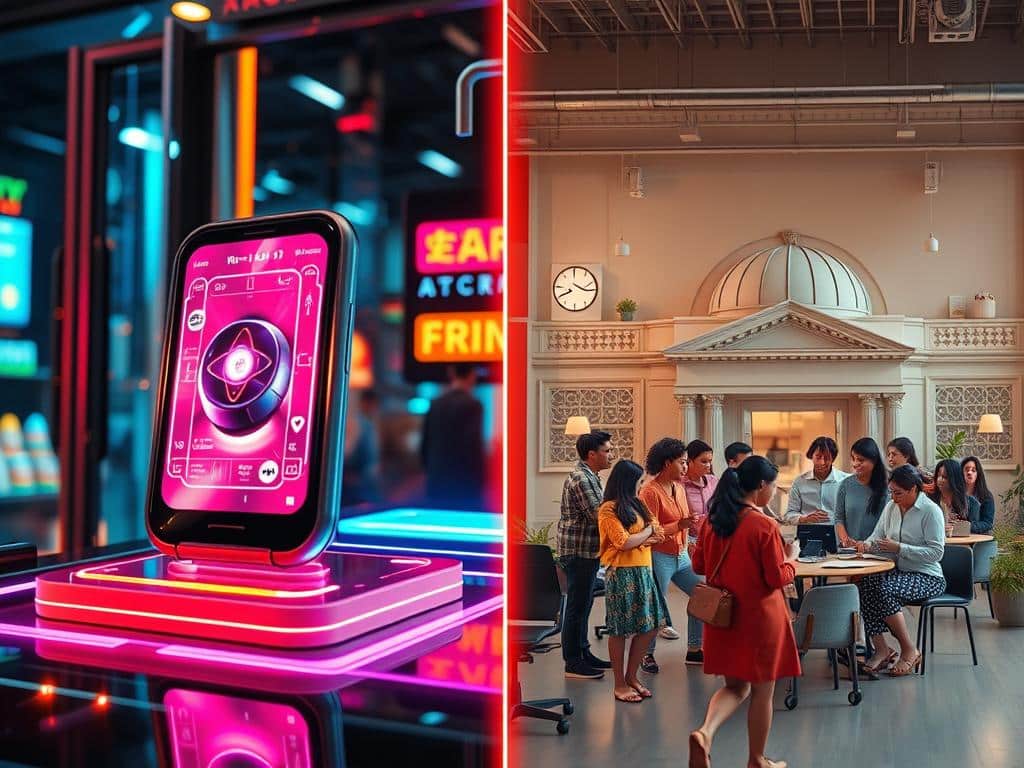Commercial photography and catalog photography each play distinct roles within marketing visuals. Understanding how these two types differ can help you make informed decisions about which style best suits your needs. While commercial photography focuses on showcasing the product in the best possible light to encourage a purchase, advertising pictures aim to capture an idea or a feeling that resonates with the consumer.
Commercial photography is more akin to stock photography, emphasizing the product’s physical features. This type of photography typically employs fast, wide-angle lenses, essential filters, and carefully balanced lighting to highlight the product clearly and attractively. A steady hand and high attention to detail are crucial aspects of these photographic strategies.
On the other hand, advertising photography delves deeper into storytelling and emotional engagement. It’s about weaving a narrative through imagery that goes beyond the product itself to invoke emotions and create a lasting impression on the viewer. The techniques used in advertising photography often include dramatic shadow plays, contrasting elements, and carefully selected backdrops to enhance the narrative and complement the campaign’s overall vision.
Both types of photography require high-quality equipment, yet the intent behind each differs fundamentally. Commercial photography aims to convince consumers to purchase the product depicted, using precise and clear product showcase techniques. In contrast, advertising photography strives to entice consumers by conveying a broader message or story, adding a layer of emotional depth to the marketing visuals.
Understanding Advertising Photography
Distinguished from the more neutral and straightforward approach of catalog photography, advertising photography dives deep into evoking emotions through its visuals. It leverages creative advertising, often combining narrative photography and brand storytelling to engage the audience on a more profound level. This approach is not just about displaying a product but creating an emotional connection that influences potential clients.

Creative Vision and Narrative
In advertising photography, a creative vision is paramount. It encompasses a narrative that pulls viewers into a story, presenting the product as a hero within a well-orchestrated plot. The use of lighting, backdrops, and composition works harmoniously to construct persuasive and appealing marketing visuals. Advertising photographers often approach their work as artists, weaving a tale through stylized images, vibrant colors, and careful framing.
Role of Emotion and Storytelling
One of advertising photography’s significant strengths is its ability to elicit emotion in imagery. Through brand storytelling, these visuals can convey moods, feelings, and experiences that the product promises to deliver. Emotionally-driven visuals are more likely to resonate with viewers, making the advertising message stick and encouraging conversions. They are staged and strategic, designed to evoke specific emotions that drive sales.
Use in Marketing Campaigns
Marketing campaigns heavily rely on the powerful integration of advertising photography to captivate and persuade their audience. This genre of photography is crucial for new product launches, seasonal campaigns, and sales promotions. It’s targeted and often focused on converting customers thanks to storytelling elements infused within the marketing visuals. The strategic use of various photographic techniques ensures that these images stand out and effectively contribute to the campaign’s goals.
| Aspect | Commercial Photography | Advertising Photography |
|---|---|---|
| Purpose | General promotional purposes | Create emotional connections to drive sales |
| Approach | Natural and transparent | Staged and strategic |
| Audience | Broad | Highly targeted |
| Ideal For | Online image and brand presence | Product launches, seasonal campaigns |
| Focus | Showcasing product essence | Capturing mood, emotion, or feeling |
| Style | Straightforward | Bold, inventive, and stylized |
| Flexibility | Limited creative freedom | Extensive creative freedom |
Exploring Catalog Photography
Catalog photography is essential for helping consumers make informed purchasing decisions. By ensuring clarity in imagery, this style captures products truthfully and in great detail. The resulting images are commonly used in e-commerce and brochure photography, where product integrity and precision are paramount.
Focus on Product Clarity
One of the main aspects of catalog photography is achieving clarity in imagery. This involves using controlled lighting, clean backgrounds, and careful focus on the product’s features. High-quality product photography allows customers to see the intricate details of a product, making it easier for them to understand what they are buying.
Importance of Consistency
Maintaining catalog consistency across all images is crucial because it helps create a uniform appearance in an e-commerce catalog or brochure. This can be achieved by using the same lighting setups, angles, and backgrounds for each product. Consistent product photography ensures that customers have a cohesive visual experience, which can increase brand trust and recognition.
Use in E-commerce and Brochures
Catalog photography is widely used in e-commerce visuals and brochure photography. Accurate and consistent imagery is key for converting potential buyers into customers. By showing products clearly and consistently, e-commerce platforms and brochures can more effectively communicate the value and quality of the products. This practice not only enhances user experience but also helps in building a reliable brand image.
| Publisher | Publication Year | Country |
|---|---|---|
| Prentice Hall | 1966 | United States |
| University of Minnesota | 2009 | United States |
| MIT Press | Various | United States |
| Tate | Various | United Kingdom |
| Phaidon Press | Various | United Kingdom |
| University of Chicago Press | Various | United States |
| Leica Camera | 1925 | Germany |
Key Differences in Style
The divergence in photography styles between advertising and catalog photography is marked by their distinct composition techniques and approaches. While both aim to present products appealingly, their methodologies significantly differ, driven by the intent and audience they cater to.
Stylistic Approaches
When it comes to advertising vs catalog photography, stylistic preferences vary widely. Advertising photography often embraces creative freedom, indulging in artistic photography styles that resonate emotionally with the audience. The aim is to craft a narrative around the product, elevating its desirability. Catalog photography, conversely, focuses on a more straightforward presentation, highlighting the product with clarity and precision. This style is ideal for e-commerce, where product details must be evident.
Backdrop and Composition
The backdrop and composition techniques used in these photography styles further accentuate their differences. In advertising photography, the backdrop often complements the narrative and enhances the visual presentation. Complex environments, dynamic angles, and strategic model placement are commonplace. In contrast, catalog photography favors plain backdrops and consistent composition techniques. This allows for uniformity across product shots and ensures each item is displayed clearly from various angles.
Lighting and Presentation
Photographic lighting plays a pivotal role in distinguishing advertising from catalog photography. In advertising, lighting is often dramatic and mood-enhancing, aimed at invoking emotions and drawing attention to the subject’s context within the scene. This type of lighting might include a mixture of natural and artificial sources to craft a particular visual style. On the other hand, catalog photography employs balanced lighting to evenly illuminate the product, ensuring all features are visible without shadows or undue highlights, thereby fostering a neutral yet appealing visual presentation.

The Intent Behind Each Type
When considering the advertising intent versus the commercial photography purpose, the distinctions become clear through their objectives. Advertising photography is designed to elicit an emotional response, creating a strong brand connection that compels consumer action. It often employs aspirational imagery that aligns with marketing goals, captivating audiences and influencing their perceptions.
| Aspect | Advertising Photography | Catalog Photography |
|---|---|---|
| Purpose | Elicit emotional response | Provide clear product portrayal |
| Technique | Aspirational imagery | Product clarity |
| Goal | Create brand connection and consumer persuasion | Aid informed decision-making |
In contrast, catalog photography aims for practicality, emphasizing product accuracy and consistency. This format is essential for e-commerce and brochures where the clear depiction of products helps consumers make informed choices. While advertising photography tends to inspire and persuade by highlighting lifestyles and ideas, catalog photography remains grounded in the tangible aspects of items, matching different marketing goals and effectively supporting commercial photography purpose.
Understanding these key differences allows businesses to tailor their photographic strategies to suit their specific needs. Whether the aim is to evoke an emotional reaction or present an unambiguous product view, each type of photography plays a crucial role in reaching distinct consumer persuasion dynamics and achieving desired outcomes in the competitive landscape.
Techniques and Tools Utilized
Modern commercial photographers utilize a range of high-resolution equipment, even lighting, and sophisticated post-production software to achieve striking images. For catalog photography, the focus remains on employing photography techniques that ensure product clarity and accuracy. Essential commercial tools include reliable DSLR cameras, softbox lighting setups, and calibrated monitors to meticulously manage photographic editing for color accuracy and detail representation.
On the other hand, advertising photography often demands a broader palette of tools and techniques. In addition to high-grade cameras and precision lighting equipment, advertising photographers frequently use abstract imagery and complex lighting arrangements to evoke emotion and reinforce brand narratives. The use of advanced creative post-production methods such as color grading and compositing is crucial in this domain, aiding in the storytelling process and enhancing the overall allure of the imagery.
A deeper dive into essential photography composition techniques helps photographers master both styles effectively. The techniques involve carefully choosing the right composition, lighting, and maintaining consistency to create impactful images. Whether the aim is to produce an aspirational reality through lifestyle photography or convey powerful ideas through conceptual photography, each approach requires specific photography techniques and commercial tools that align with the intended message. Balancing technical proficiency and creative vision is key to succeeding in both catalog and advertising photography.








